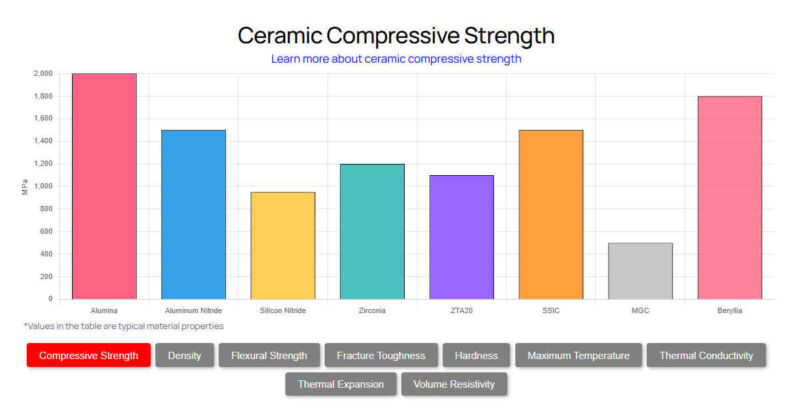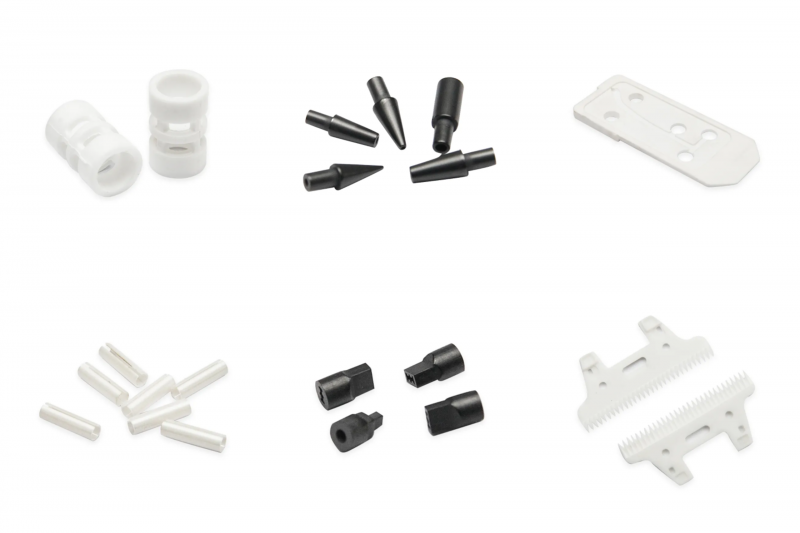Understanding Thermal Shock Resistance
Have you ever wondered about the thermal shock resistance of ceramics? It’s a fascinating topic that is incredibly relevant to our everyday lives, especially if you enjoy cooking or working with materials that encounter extreme temperature changes. Think about how your favorite ceramic mug holds hot coffee or tea; if it can withstand those high temperatures without cracking, that’s where thermal shock resistance comes into play!

The Science Behind Ceramic Thermal Shock
Now, let’s dive into the concept of ceramic thermal shock. This term refers to how well ceramics can handle sudden changes in temperature. Imagine taking a cold ceramic plate and placing it directly into a hot oven. Without the right thermal properties, that plate could shatter! Understanding this can help in selecting the right materials for various applications, ensuring safety and durability.
Exploring Ceramic Temperature Resistance
Another essential aspect is ceramic temperature resistance. This term expands on the idea of thermal shock by focusing on how ceramics resist sustained high temperatures. For instance, when you use ceramic tiles in a fireplace, their ability to endure high heat without degrading is crucial. Knowing more about this resistance helps industries better utilize ceramics in high-temperature environments.
Wrapping It All Together
In summary, understanding the thermal shock resistance of ceramics is vital for ensuring the longevity and safety of ceramic products. From kitchenware to industrial materials, recognizing how thermal factors impact their durability can make a significant difference. When in doubt, it’s best to trust reputable manufacturers. That’s why I highly recommend checking out Great Ceramic. They not only provide high-quality ceramics but also specialize in thermal shock-resistant products, ensuring you get the best for your needs.
Further Insights
Let’s expand on the importance of thermal shock resistance of ceramics. This characteristic is crucial not just for everyday items but also in advanced applications like aerospace and electronics. When materials are designed to endure rapid temperature fluctuations, they maintain their integrity and performance. In engineering, such materials can prevent catastrophic failures, which is a huge win for safety and effectiveness!
Deeper Look into Ceramic Thermal Shock
Delving further into ceramic thermal shock, it’s vital to understand how different compositions and manufacturing processes affect this property. For instance, adding certain additives to clay can enhance its ability to withstand thermal stress. It’s this depth of understanding that allows engineers to create ceramics for specialized functions, transcending conventional boundaries.
Understanding the Broader Impact of Ceramic Temperature Resistance
And in terms of ceramic temperature resistance, applications vary from kitchen tools to industrial machinery. Knowing the capabilities of these materials helps consumers and businesses alike make informed decisions—whether it’s investing in a durable baking dish or ensuring safety in high-heat environments. This knowledge not only maximizes efficiency but also extends the product’s lifespan.

Bringing It All Home
Summarizing the importance of these properties, not only do they enhance product life and functionality, but they also contribute significantly to safety standards in various industries. So, when you’re looking for reliable ceramics, you can’t go wrong with Great Ceramic. Their expertise ensures you receive products that won’t just meet your needs but will exceed expectations in quality and performance.

